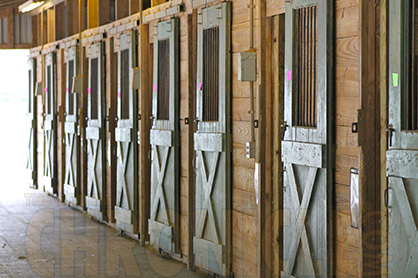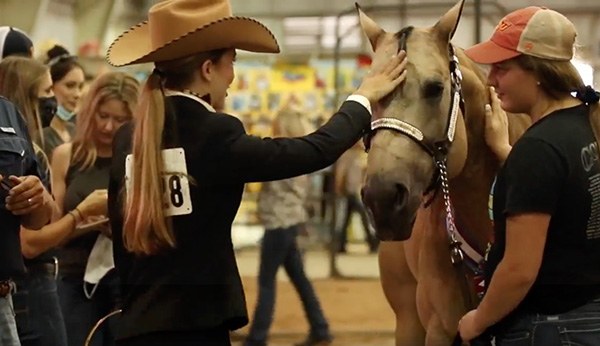From Top Finishes at NSBA and APHA World- Journey Back to Respiratory Health For 2-Year-Old Show Horse
February 28, 2021 Comments Off on From Top Finishes at NSBA and APHA World- Journey Back to Respiratory Health For 2-Year-Old Show Horse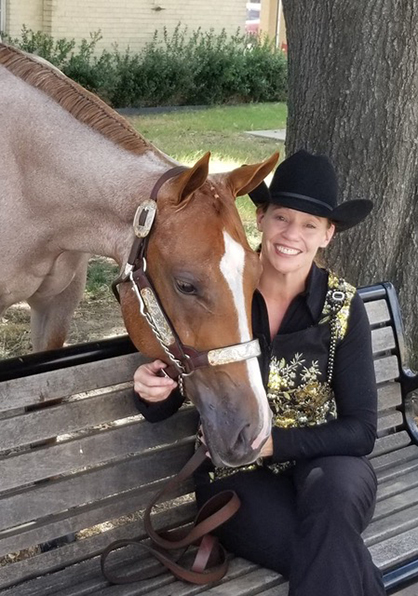
This is a relatively common cause of respiratory problems in performance horses. It involves the triangular-shaped piece of soft cartilage, the epiglottis, that normally flips up to protect the airway when swallowing. This action prevents food or water from going down the airway (trachea) and getting into the lungs. During exercise, the soft palate should move in a way that opens the airway for maximum airflow. With dorsal displacement, the soft palate displaces upward, obstructing the trachea and limiting air intake.
Continue reading …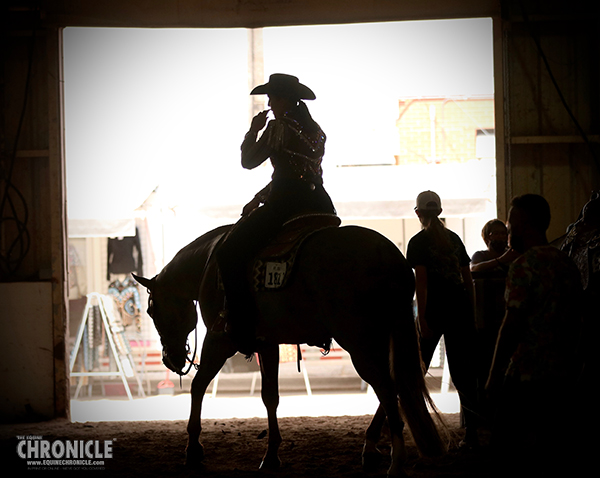
There is an old saying, “How do you make a million dollars in the horse world? Start with two million.” Anyone who is active in the equine industry can definitely vouch for this statement. But why is this statement true? Why is the equine industry notorious for high-effort, low-profit?
Continue reading …Track Wild Horses in the Inyo National Forest During Summer Horsepacking Courses
February 25, 2021 Comments Off on Track Wild Horses in the Inyo National Forest During Summer Horsepacking Courses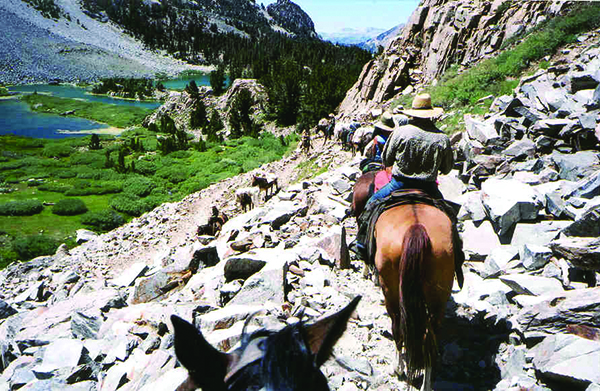
Track wild horses and relive the Old West in the seldom-visited Pizona area of Inyo National Forest with the four-day course, Mustangs: A Living Legacy. From a central meadow camp, riders track mustangs in their natural pinyon forest habitat and learn the social behavior of the horses and their current struggle. The trip runs from June 12-15 and is a special opportunity to enjoy a rustic outdoor adventure and a unique educational experience, exploring the biology, ecology and behavior of a proud and beautiful animal—the North American wild horse. Download the itinerary.
Continue reading …OVC Researcher Contributes to Global Paper on Equine Asthma
February 24, 2021 Comments Off on OVC Researcher Contributes to Global Paper on Equine Asthma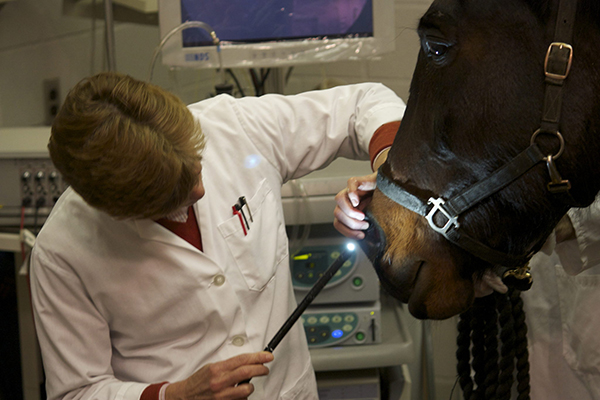
The workshop provided a chance to share ideas on topics such as: what early onset versus late stage asthma looks like, and how it manifests in horses affected by pasture environments versus stable-associated asthma. There was discussion of fungal spore inhalation off the pasture grasses in asthma found in hot, humid climates in comparison to the asthma found in Northern climates where researchers are confident contributors to asthma are a combination of fungal spores, bacterial components and most likely dust.
Continue reading …Legs- Common Injuries and How We Treat Them
February 23, 2021 Comments Off on Legs- Common Injuries and How We Treat Them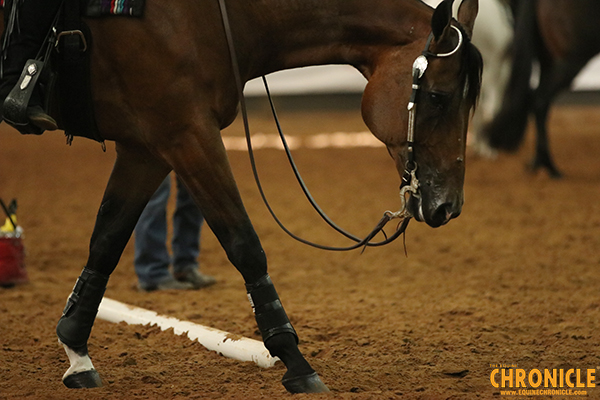
Every year, riders are plagued with limb injuries to their equine partners. Sometimes, this is a small blip in the training schedule. Other times, it spells the end of a competitive season.
Continue reading …Walk, Trot, Lope- Is That All There is?
February 22, 2021 Comments Off on Walk, Trot, Lope- Is That All There is?
Before we delve too deeply, let’s review the mechanics of the four, basic gaits. The walk, the slowest of course, is a four-beat, lateral gait. Each hoof will touch down independently, giving the four “beats.” The term “lateral” indicates that both left side legs will move and then both right (or vice versa). This is in contrast to some other animals, such as salamanders, which move at a “walk” with diagonally paired leg movements.
Continue reading …Fecal Liquid Syndrome- Can it be Solved?
February 22, 2021 Comments Off on Fecal Liquid Syndrome- Can it be Solved?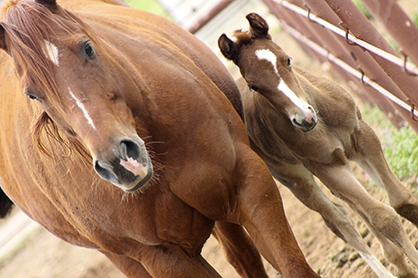
“Fecal Liquid” or sometimes referred to as “Fecal Liquid Syndrome” is very difficult to deal with. It is characterized by normal manure, followed by a stream of liquid. It is messy, irritating to your horse’s skin, and hard to clean up, especially when the weather is cold.
Continue reading …Would Your Noseband Pass the Pressure Test?
February 17, 2021 Comments Off on Would Your Noseband Pass the Pressure Test?
All horses were fitted using the ‘two finger rule,’ checked with an ISES taper gauge for accuracy.
Continue reading …








